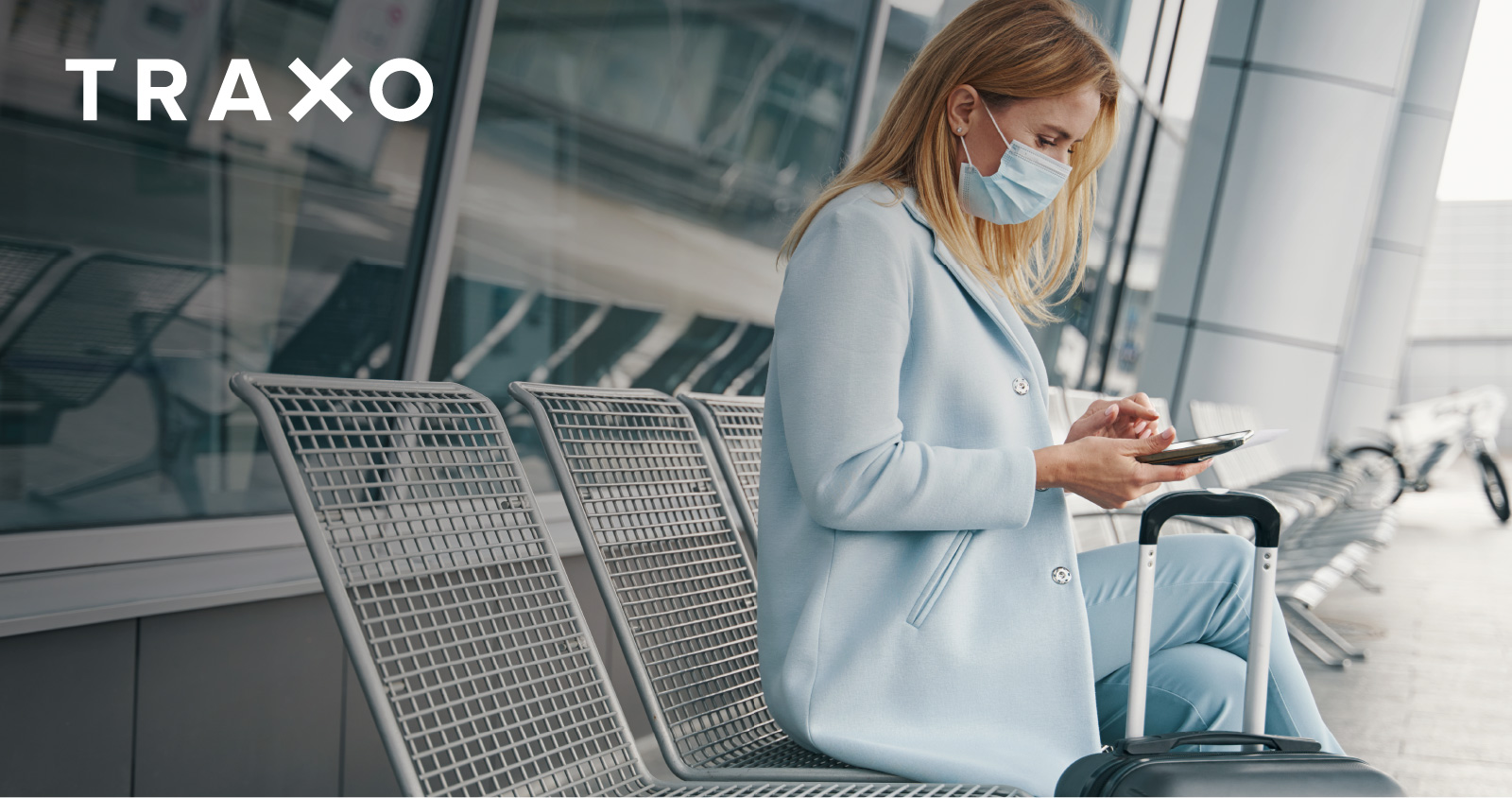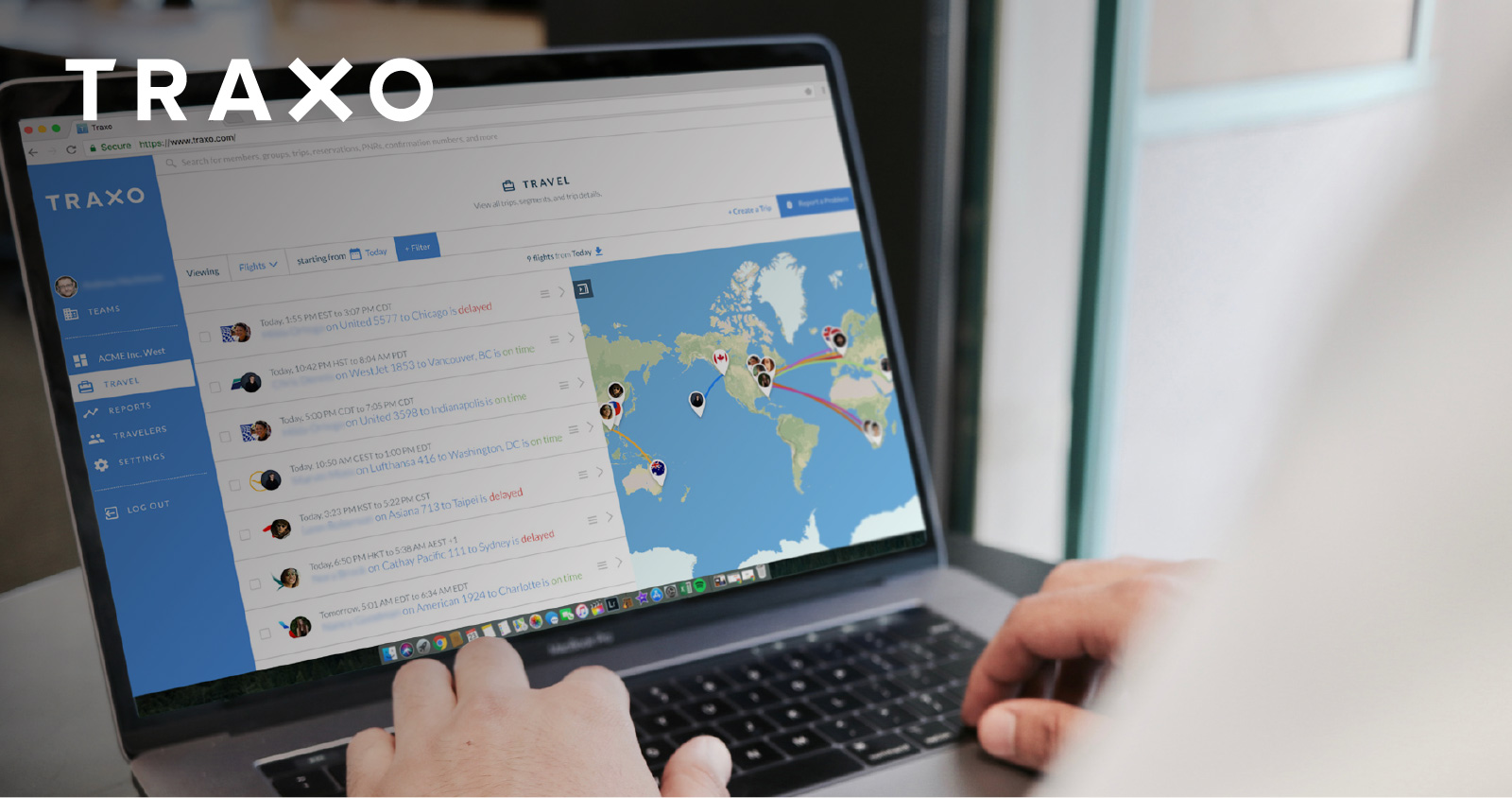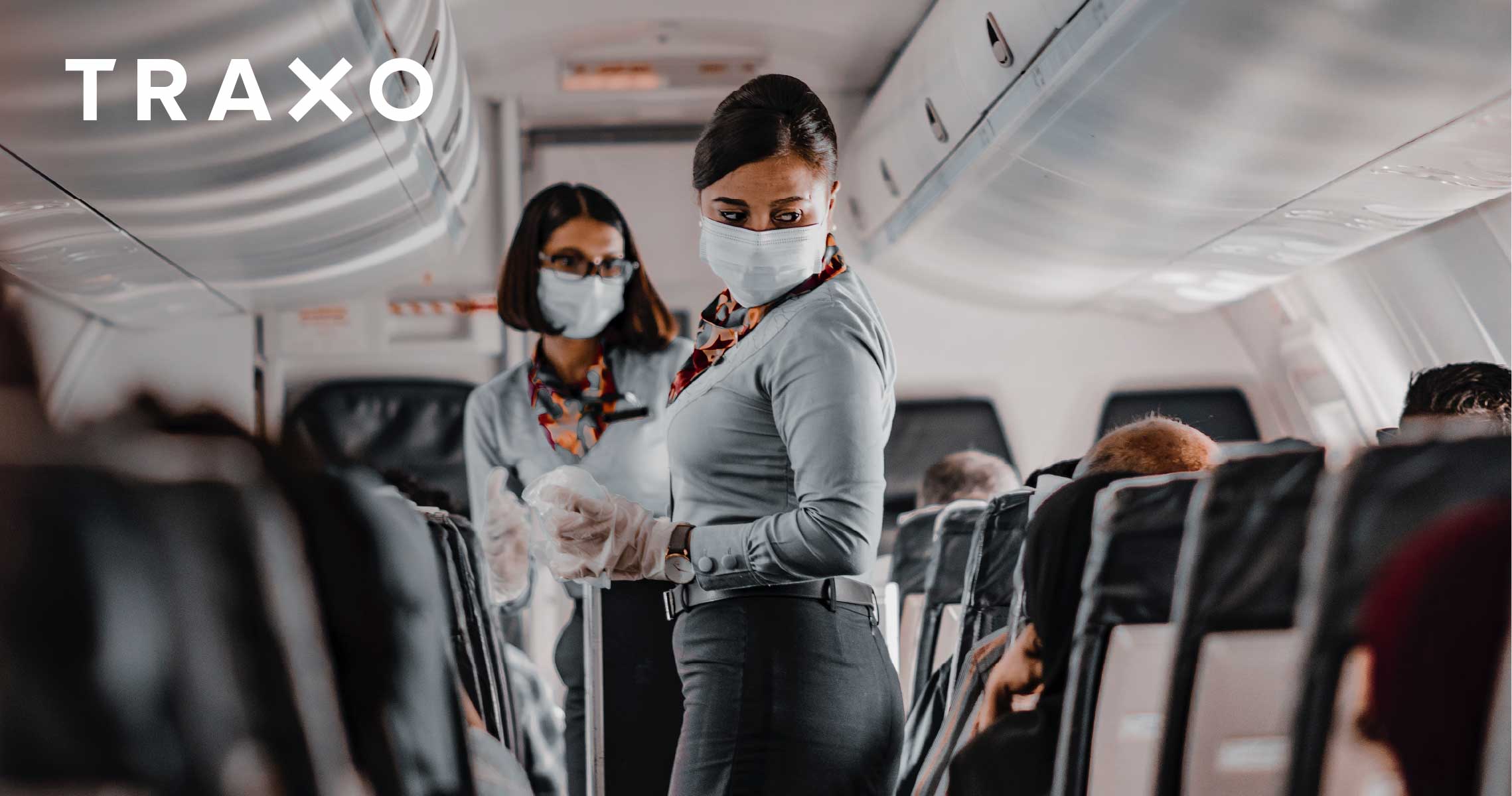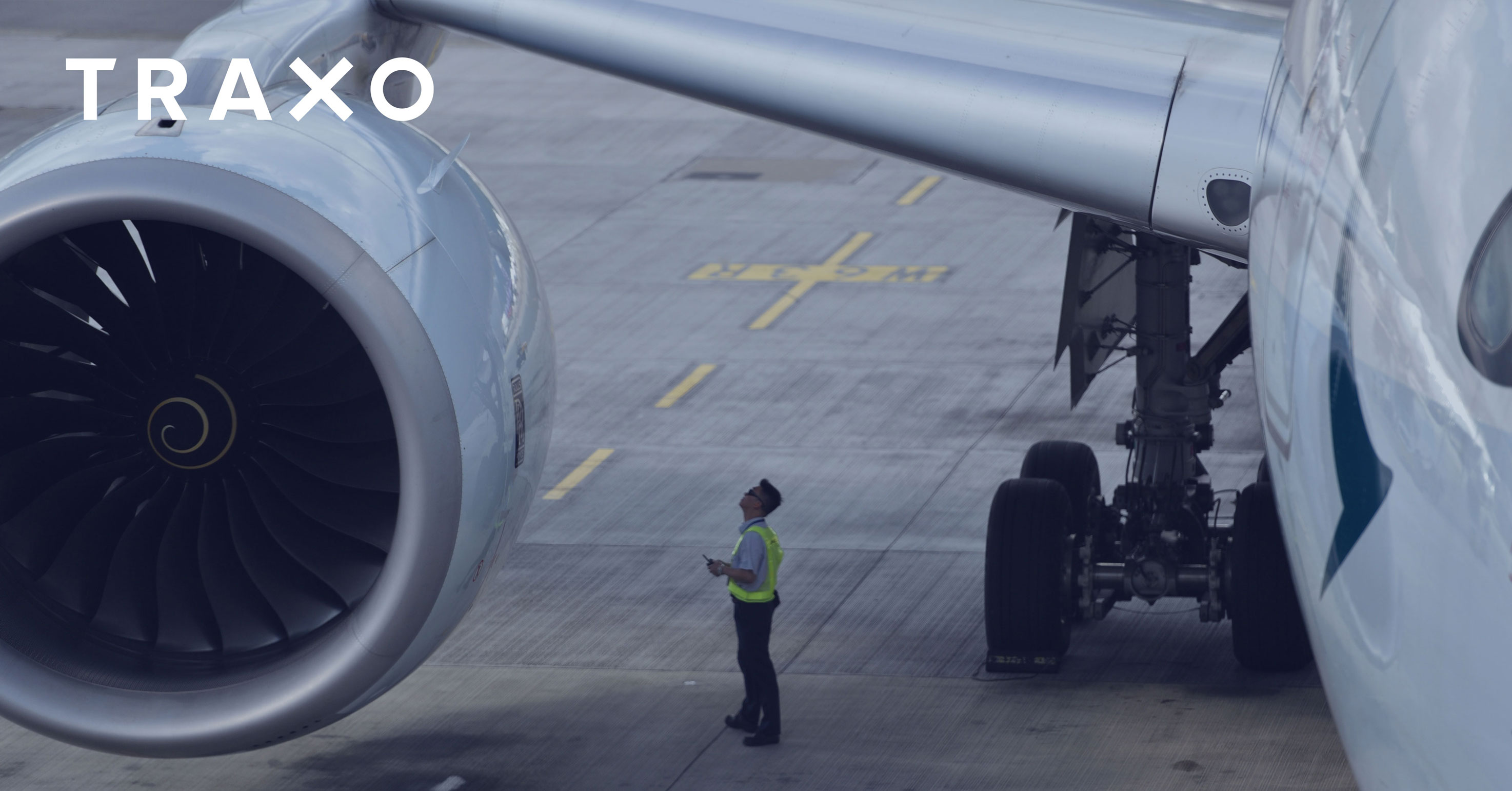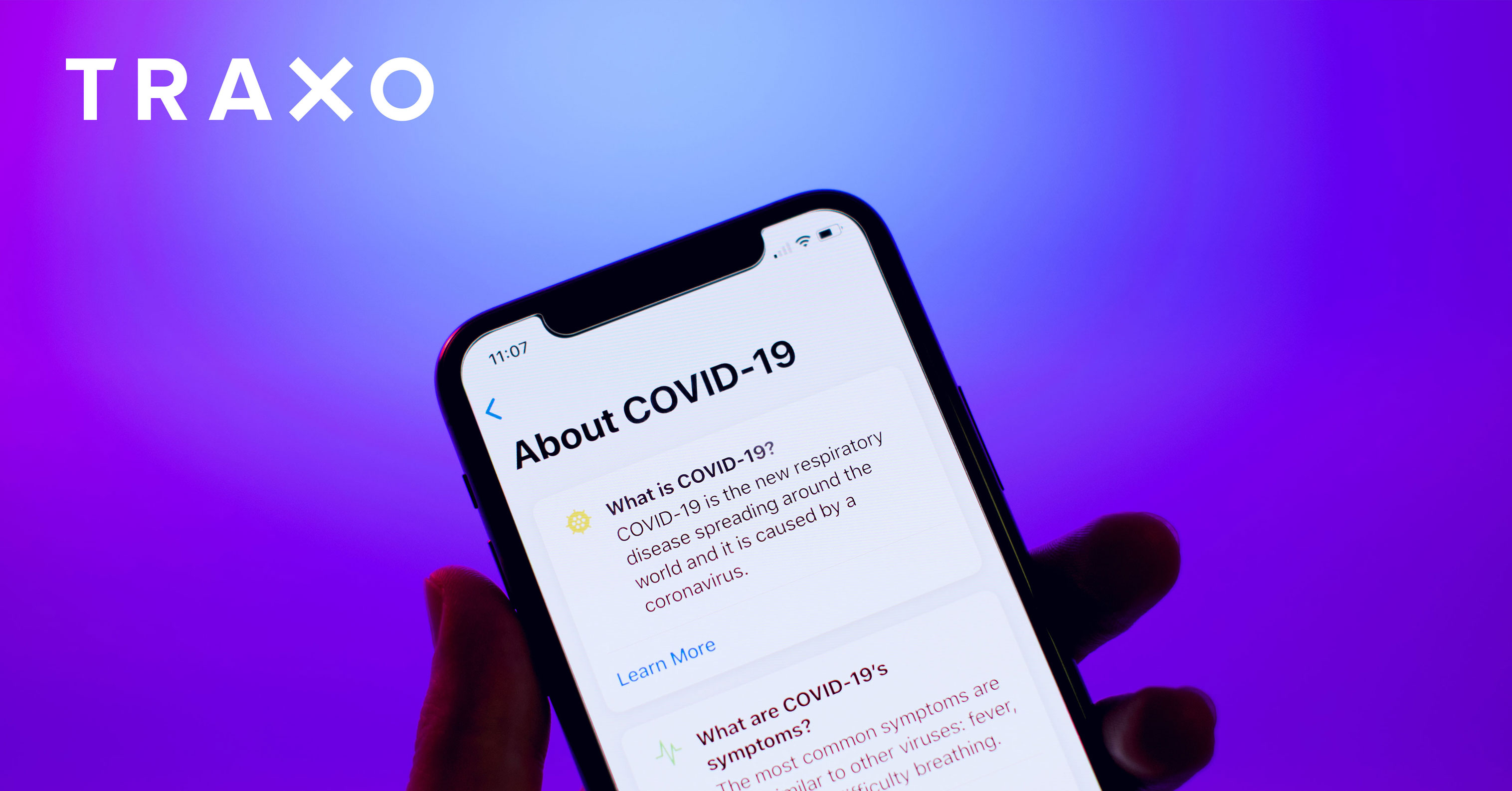Travel risk management is a crucial aspect of any business that involves travel, whether for business meetings or conferences. It refers to the process of identifying, assessing, and mitigating any risks associated with business travel. This can include anything from health and safety concerns to political instability and natural disasters. In this blog post, we will discuss what travel risk management is and why businesses need to prioritize it.
Why Travel Risk Management Matters
Firstly, travel risk management is essential because it ensures the safety and well-being of employees while they are traveling. Traveling to new and unfamiliar destinations can be challenging, and there are numerous risks involved. A well-executed travel risk management plan can help mitigate these risks and provide employees with the necessary resources to stay safe. By prioritizing travel risk management, businesses can show their employees that they care about their well-being and value their safety.
Second, travel risk management is important because it can help businesses avoid legal and financial liabilities. In some cases, businesses can be held responsible for any harm that comes to their employees while traveling. For example, if an employee is injured during a business trip and the business did not take adequate measures to ensure their safety, the business may be held liable. By prioritizing travel risk management, businesses can reduce the likelihood of these types of incidents occurring and protect themselves from potential legal and financial consequences.
Travel Risk Management Serves Employees & Protects Business
Travel risk management is crucial because it can help businesses maintain business continuity. When employees are traveling, they are often away from their usual support systems, which can make it challenging to handle unexpected situations. By having a robust travel risk management plan in place, businesses can provide employees with the necessary support and resources to manage any emergencies that may arise. This can help minimize disruptions to business operations and ensure that employees can continue to work effectively while traveling.
6 Key Components of Travel Risk Management
So, what does a good travel risk management plan look like? Here are some key elements that should be included:
- Risk assessment: A comprehensive risk assessment should be conducted before any travel takes place. This should involve analyzing the destination, the purpose of the trip, and any potential risks that may be present.
- Policy development: A clear travel policy should be developed that outlines the responsibilities of both the business and the employee. This should include guidelines for booking travel, handling expenses, and managing emergencies.
- Adherence to industry standards: Corporations have a legal responsibility to adhere to reasonable standards/guidelines for travel risk management, such as ISO 31030. To learn more about this guideline, watch our webinar with travel management and risk experts.
- Training and education: Employees should be provided with the necessary training and education to ensure they understand the travel policy and are aware of any potential risks.
- Emergency response plan: A robust emergency response plan should be in place, including a communication plan and procedures for handling emergencies.
- Travel risk management technology: Utilizing travel risk management technology can help streamline the process and provide real-time information on any potential risks. For example, companies can use Traxo’s real-time, pre-trip data capture solution to ensure all bookings are captured well before trips occur, regardless of their original booking source. This allows companies to provide comprehensive duty of care and mitigate risk.
Travel risk management is a critical aspect of any business that involves frequent travel. It ensures the safety and well-being of employees, protects businesses from legal and financial liabilities, and helps maintain business continuity. By prioritizing travel risk management and implementing a comprehensive travel risk management plan, businesses can demonstrate their commitment to their employees' safety and well-being while traveling.
Traxo Helps Improve Travel Risk Management
To learn more about ways Traxo can help your company minimize the risk imposed by corporate travel, as well as how we securely pass data to other travel management partners such as duty of care providers, fill out the form below.
Connect with Traxo





.png)

.jpg)

.jpg)








